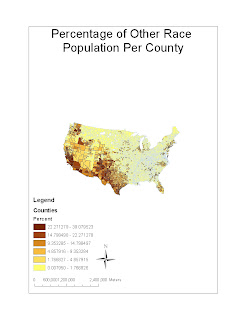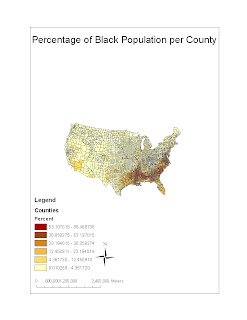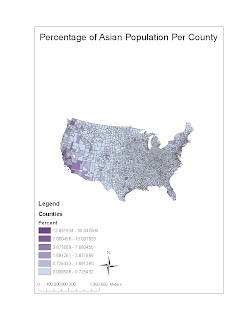


















Using Arc Map in GIS can be a challenging, yet rewarding, experience. Although the tutorial was quite thorough, at times it was difficult completing each task efficiently. I found some parts of the process to be somewhat confusing. However, with the help from the TA and fellow classmates, I was able to complete the exercises.
There are numerous advantages of a program such as ArcMap. Foremost, it allows professionals, as well as amateurs, to view, design, edit, and learn from maps. From solving noise pollution problems to deforestation issues, GIS can be useful in many different lines of work. Politicians, construction workers, and corporations are just a few examples of people and groups that would find this software to be useful.
However, there also exist some problems with this program. Personally, I found it difficult to navigate through a few aspects. Exercise 1 was fairly simple, but the process grew more complex as the tutorial progressed. One must read each step carefully and thoroughly. In addition, to fully understand the function of each step, one should go through the activity multiple times. This can be time consuming and frustrating.
These are the main differences that separate GIS from Neogeography outlets such as Google Maps. While the former is map centric and mainly intended for professionals, the latter is user centric and open to all. Thus, working with mashups can be much more exciting and stimulating than working with GIS, which at times can be difficult and frustrating.